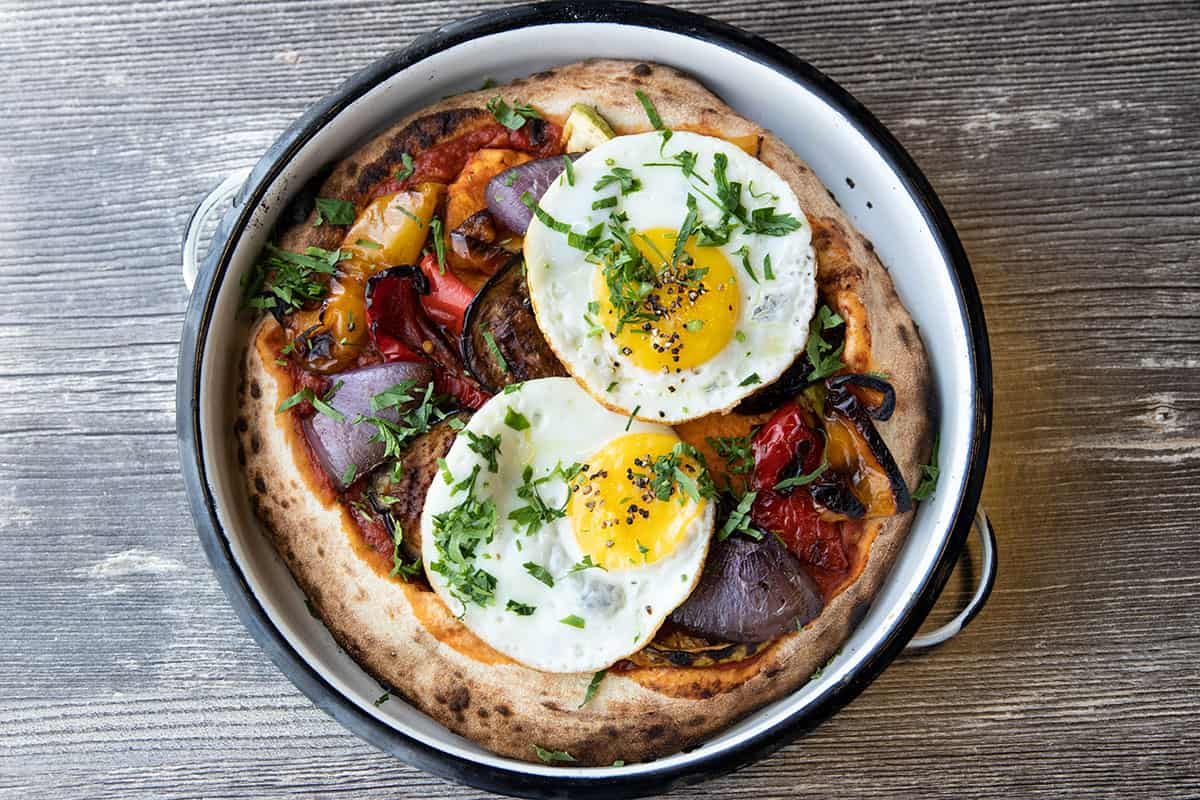Beyond Daily Yonder: Insights and Updates
Exploring daily news and insightful information from various fields.
Snap, Sizzle, Serve: Food Photography That Makes Taste Buds Tingle
Transform your food photos from bland to brilliant! Discover tips to make your dishes irresistible and your audience drool.
5 Tips for Capturing Mouthwatering Food Photography
Capturing mouthwatering food photography requires both technical skills and a creative eye. One of the most important tips is to pay attention to natural lighting. Whenever possible, shoot your dishes near a window where soft, diffused light can enhance the textures and colors of the food. Avoid harsh overhead lighting and instead, make the most of those golden hours in the morning or late afternoon for that perfect glow. Additionally, consider using reflectors to bounce light onto the food, highlighting its appetizing details without creating unwanted shadows.
Another essential tip is to style your food thoughtfully. Use props wisely to complement the dish without overpowering it; think about textures and colors that will enhance the visual appeal of your food. Incorporating elements like colorful plates, rustic utensils, or even herbs can bring your photos to life. Don't forget to get close to your subject! Experimenting with different angles—such as top-down shots or close-ups—can make all the difference in creating an enticing image that truly captures the essence of the dish.

The Art of Food Styling: Make Your Dishes Shine
The Art of Food Styling is a fascinating blend of creativity and technique that transforms ordinary dishes into visual masterpieces. By focusing on color, texture, and composition, you can make your dishes not only appetizing but also photogenic. One of the key principles is to choose a color palette that complements the ingredients. For instance, vibrant greens against earthy browns can create a beautiful contrast that is visually appealing. Additionally, consider the use of props and backgrounds that enhance the overall presentation. A rustic wooden table or elegant white plate can amplify the aesthetic of your dish, making it a feast for the eyes before it even reaches the palate.
When it comes to plating your food, the techniques of food styling are equally important. Start by arranging your food thoughtfully on the plate; central placement can create a focal point, while asymmetrical arrangements can add an artistic flair. Use height to your advantage by stacking or layering ingredients, which not only adds dimension but also creates an inviting appearance. Don't forget to incorporate garnishes that add a pop of color and freshness—think herb sprigs, edible flowers, or a drizzle of sauce. Finally, always take a step back and evaluate your presentation; sometimes, a slight adjustment can elevate your dish from ordinary to extraordinary!
How to Use Natural Light for Delectable Food Photos
Natural light is one of the best ways to enhance your food photography, bringing out the colors and textures that make your dishes truly appetizing. To start, position your food near a window where soft, diffused light can pour in. Avoid harsh midday sunlight; instead, aim for the golden hour—an hour after sunrise or before sunset—when the light is warm and inviting. Experiment with different angles to see how the light casts shadows and highlights your food. Remember, the goal is to create a delectable appearance that compels your audience to savor every bite.
Another effective way to utilize natural light is by using reflectors to bounce light back onto your subject, reducing harsh shadows and enhancing highlights. You can create a simple reflector using materials like white foam board or even a large sheet of white paper. Position the reflector opposite your light source to soften the shadows and provide an even illumination across your dish. Eventually, practice will help you understand how to manipulate natural light to achieve the best results, allowing you to capture food photos that not only attract attention but also evoke a desire to taste the culinary delights.